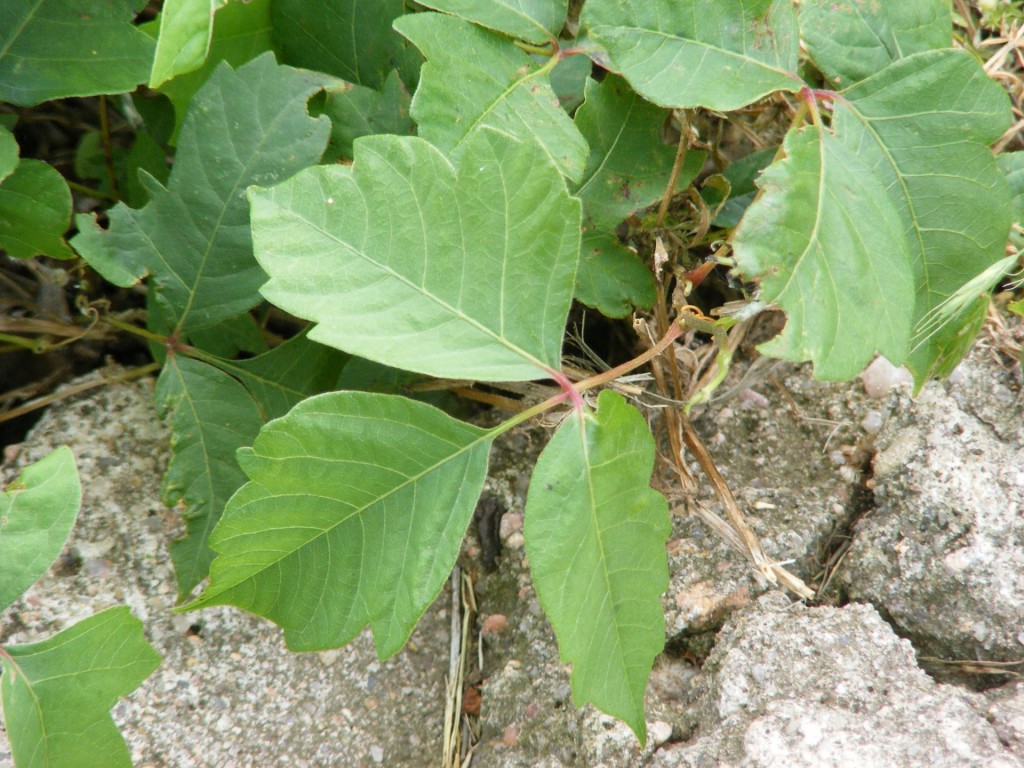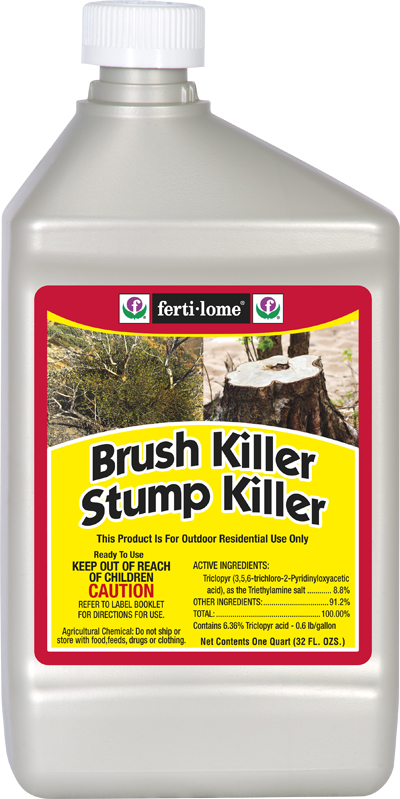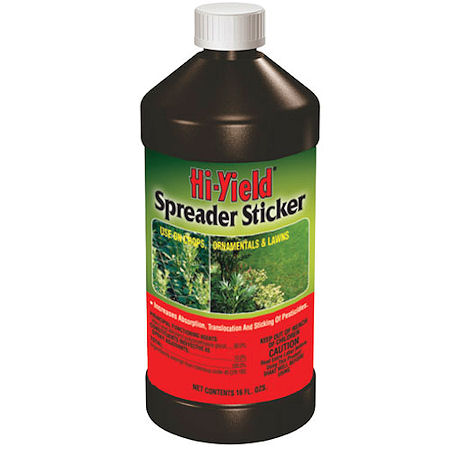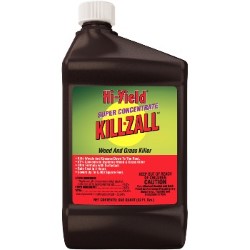How To Kill Poison Ivy, Safely
Poison Ivy, Pretty in Autumn, But OVER THERE!
… on the telephone pole, out in the country…
By, Kevin Cutlip
Ah, the times you can spend in the garden now. The weather has settled in, chores are finally getting done, blooms are coming out, veggies are producing, cookouts are commencing, vines are vining… Wait!
Vines. In the midst of your roses, around the tree, along the back fence… You didn’t plant those there, did you? Nope, Ma Nature did! But she had some help from her avian friends. After poison ivy seeds, birds eat the seeds and then land on something, and there you go.
Sometimes poison ivy seed will lay dormant for years until the conditions are right. Germination can happen for a variety of reasons, like a wet Spring, bare soil, slow chore responses from us because of the past weather trend, or seed to soil contact. Only after this vine establishes itself, does it start to shoot upward. El Nino has provided a banner year for this vine, and others. The root is already several feet long, and now it goes, and goes….
….and goes… So how can we eliminate poison ivy from our desired landscape? What are the old “tried and true” methods besides pulling and risking unbearable time slathered in Calamine Lotion and Benedryl with no hugs or handshakes? The poison ivy is also tangled in your wanted plants, so you can’t spray. Well you need to get a few items first, and be careful.
Some of the best ways to treat a weed/vine invasion is to know how the plant lives and what it likes, like soil PH, NPK values, sunlight requirements, wet/dry feet, etc. poison ivy can exist anywhere it wants because it adapts through cellular bio-achievement. OK, who cares! It’s there. It’s got to go.
What you’ll need to fight off poison ivy:
- Long sleeve shirt you are willing to toss out
- Rubber gloves and cotton gloves
- A hat: You don’t want to mistakenly brush your hair out of the way, after handling this.
- Long pants (same as shirt) (There are Tyvek suits available and are cheap and disposable!)
- Small paint brush.
- Empty bean cans.
- Gravel
- Garden rake
Chemicals:
DO NOT USE ROUNDUP! It has Diquat in it, which is a defoliant. When the leaves start to suffer, the plant will detach itself from the root bed to save itself, thus, not killing it. You think it’s dead, but it isn’t. It takes at least 10 days for the Glyphosate in Roundup to reach the root bed to kill, so it never gets there because of the detachment. Your best option is Tryclopyr, the better woody vine killer, also known as Ferti-Lome Brush Killer. The next best would be Hi-Yield Killz-all. It has 41% Glyphosate and no Diquat. If the vine is in the open, and nothing important is near, you can spray these two chemicals. But remember, “If its green, it’s dead”, they are non-selective herbicides. You may also want to add Hi-Yield Spreader Sticker. It helps break into the oily, glossy covering of the leaf so the plant can absorb the chemical better.
If you have a “crowded” garden situation, then you can mix up the chemicals according to the label. Either paint the chemicals straight onto the leaves with a small paint brush or use a cotton glove over a rubber glove and dip your fingers in the chemical. Then touch the leaves with it – this is called “whicking”.
A final way of controlling poison ivy, if the vine has just gone berserk throughout, would be grab a garden rake. Pull out what ivy that you can, in a “safe zone”, like on the patio, sidewalk, or bare mulch bed. Then mix up your chemical in a bean can, cut the vine and place it into the can with a scoop of gravel. The gravel helps to hold the poison ivy below the liquid, a process called “siphoning”. Remember to clean your pruners afterwards with a 1 cup of bleach + 1 gallon water solution, to get the oils off.
Another solution that you can make yourself that is also very effective includes, one gallon of white vinegar mixed with one cup of Epsom salt, and one oz of Dawn dish detergent. You can spray this straight onto the ivy, wick, or use the siphon method. As with any chemical, please read the lable. If you have any questions, please ask us and we will walk you through it.
Any of these processes will work. Just remember, the vine’s root bed is several yards long and you may see it later popping up in strange places. All you have to do is clip off the new leaf material. The ivy is trying to achieve photosynthesis, to feed itself. Clipping it will starve out the failing roots over time.
When applying your pre-emergents throughout the seasons, don’t forget about timing. Late Winter is not only for your lawn, but your beds too. The best time to check/prevent new poison ivy shoots is when Lilacs bud, here in central Virginia.
We hope this helps your battle with any invasive vine this season. Remember, if you have any doubts, come see us! We are here for you. We love to see your pics, and if you bring cuttings of anything, like bugs, disease, or something unknown, make sure it’s in a Zip-Loc bag please!













